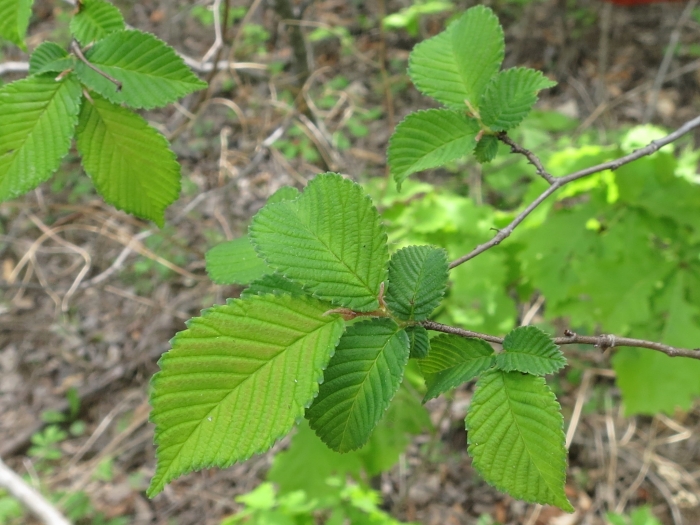Japanese Elm
(Ulmus japonica)
Japanese Elm (Ulmus japonica)
/
/

Repina Tatyana
CC BY 4.0


















Estimated Native Range
Summary
The Japanese Elm is valued for its adaptability to urban environments, making it a popular choice for street and park plantings. It is tolerant of a range of soil conditions, including dry soils on chalk and waterlogged soils in winter. However, it has a slower growth rate and its foliage emerges late in the season, often not until mid-May. This elm is best grown in full sun and requires medium amounts of water, with the ability to adapt to various drainage conditions. While it is generally resilient, it can be susceptible to Dutch elm disease, which has devastated many elm species. Gardeners should be aware of this risk and consider disease-resistant cultivars or alternative species if this is a concern in their area.CC BY-SA 4.0
Plant Description
- Plant Type: Tree
- Height: 30-40 feet
- Width: 20-25 feet
- Growth Rate: Moderate
- Flower Color: N/A
- Flowering Season: Spring
- Leaf Retention: Deciduous
Growth Requirements
- Sun: Full Sun, Part Shade
- Water: Medium
- Drainage: Slow, Medium, Fast
Common Uses
Bee Garden, Bird Garden, Butterfly Garden, Drought Tolerant, Edible*Disclaimer: Easyscape's listed plant edibility is for informational use. Always verify the safety and proper identification of any plant before consumption., Low Maintenance, Salt Tolerant, Street Planting
Natural Habitat
Various forested areas, including riverbanks, floodplains, and forest margins in East Asia
Other Names
Common Names: Neureupnamu, Haru-Nire
Scientific Names: , Ulmus japonica, Ulmus propinqua, Ulmus davidiana var. japonica, Ulmus wilsoniana, Ulmus wilsoniana var. psilophylla, Ulmus japonica var. levigata, Ulmus campestris var. japonica, Ulmus davidiana f. levigata, Ulmus davidiana f. levigiata
GBIF Accepted Name: Ulmus davidiana var. japonica (Rehder) Nakai